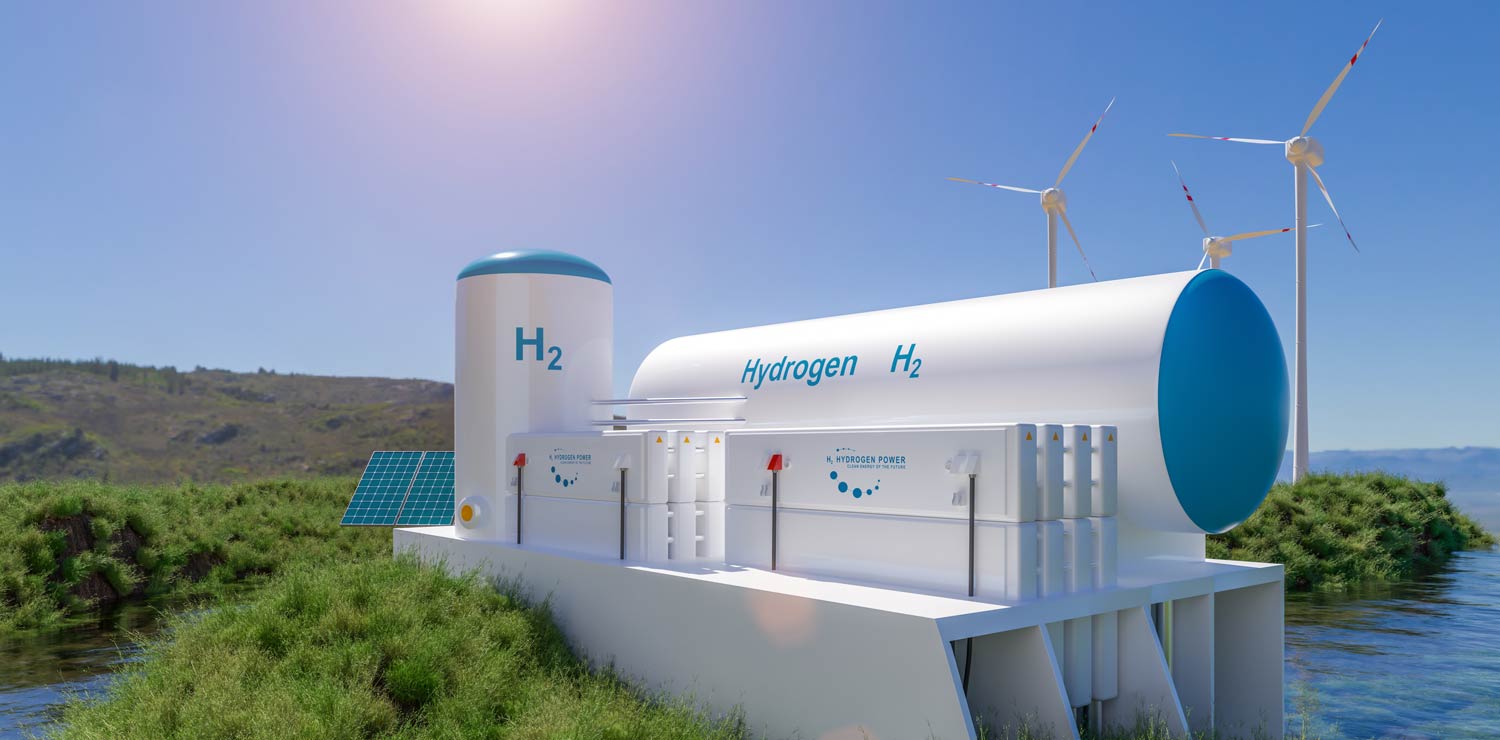Scientists Discover a New, Sustainable Way To Make Hydrogen for Fuel Cells and Fertilizers
Another economical and commonsense strategy for delivering hydrogen from water has been found by a group of specialists at the RIKEN Center for Sustainable Resource Science (CSRS) in Japan driven by Ryuhei Nakamura. Dissimilar to current techniques, the new strategy doesn’t need uncommon metals that are costly or hard to come by. All things considered, hydrogen for energy units and farming composts can now be delivered utilizing cobalt and manganese, two genuinely normal metals. The review was distributed in Nature Catalysis.
Not at all like customary petroleum products that create carbon dioxide upon burning, hydrogen is a perfect fuel that main produces water as a side-effect. On the off chance that hydrogen can be removed from water utilizing inexhaustible power, the energy matrix can be made perfect, sustainable, and manageable. Furthermore, hydrogen is the key fixing expected to create smelling salts, which is utilized in essentially all manufactured manures. Yet, rather than neatly removing hydrogen from water, right now, smelling salts plants utilize non-renewable energy sources to deliver the hydrogen they need.
So for what reason would we say we are as yet utilizing non-renewable energy sources? One explanation is that the hydrogen extraction process itself-electrolysis-is costly and not yet economical.
“This is principal because of an absence of good impetuses,” says Nakamura. “As well as having the option to endure the cruel acidic climate, the impetus should be exceptionally dynamic. In the event that not, how much power is required for the response to deliver a given measure of hydrogen takes off, and with it, so does the expense.”
At present, the most dynamic impetuses for water electrolysis are interesting metals like platinum and iridium, which makes a problem since they are costly and thought of as “imperiled species” among metals. Changing the entire planet to hydrogen fuel right currently would expect around 800 years of iridium creation, a sum which probably won’t exist. Then again, plentiful metals, for example, iron and nickel are not adequately dynamic and will quite often disintegrate promptly in the unforgiving acidic electrolysis climate.
As they continued looking for a superior impetus, the specialists checked out blended cobalt and manganese oxides. Cobalt oxides can be dynamic for the necessary response, however, erode rapidly in the acidic climate. Manganese oxides are more steady, yet are not anywhere close to sufficiently dynamic. By joining them, the analysts expected to exploit their free properties. They likewise needed to consider the high current thickness required for viable application outside the research facility. “For modern scale hydrogen creation, we expected to set our review’s objective current thickness to around 10 to multiple times higher than whatever has been utilized in past tests,” says co-first creator Shuang Kong. “The high flows prompted various issues like actual disintegration of the impetus.”
In the long run, the group conquered these issues by experimentation and found a functioning and stable impetus by embedding manganese into the spinel grid of Co3O4, delivering the blended cobalt manganese oxide Co2MnO4.
Testing showed that Co2MnO4 performed well indeed. Enactment levels were near those for best-in-class iridium oxides. Also, the new impetus endured more than two months at a present thickness of 200 milliamperes for every square centimeter, which could make it viable for viable use. Contrasted and other non-interesting metal impetuses, which normally last just days or weeks at much lower current densities, the new electrocatalyst could be a distinct advantage.
“We have accomplished what has evaded researchers for a really long time,” says co-first creator Ailong Li. “Hydrogen creation utilizing a profoundly dynamic and stable impetus produced using plentiful metals. Over the long haul, we accept that this is an immense advance towards making a maintainable hydrogen economy. Like other sustainable advances, for example, sunlight-based cells and wind power, we expect the expense of green hydrogen innovation to dive sooner rather than later as more advances are made.”
The subsequent stage in the lab will be to track down ways of expanding the lifetime of the new impetus and increment its action levels significantly more. “There is consistently opportunity to get better,” says Nakamura, “and we keep on making progress toward a non-intriguing metal impetus that matches the presentation of current iridium and platinum impetuses.”
Src: scitechdaily.com

